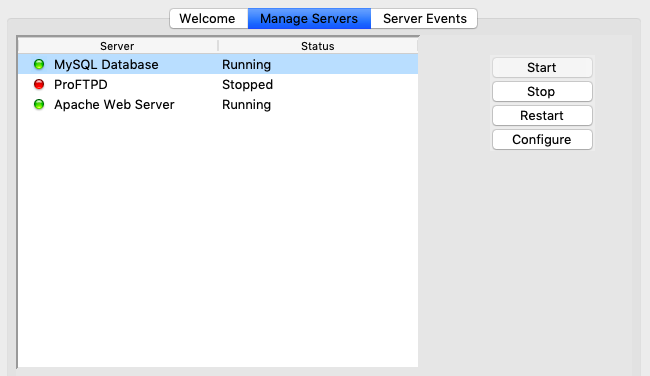

- #Bitnami mean tutorial how to#
- #Bitnami mean tutorial install#
- #Bitnami mean tutorial software#
- #Bitnami mean tutorial code#
Our focus is to make that software accessible to the largest number of users and developers possible. There is a lot of great software out there, much of it open source, that is out of reach of many developers and system administrators because it is too complex to set up and maintain. Our mission at Bitnami is to make awesome software available to everyone, everywhere. Why join forces with VMware? This was actually an easy decision and has to do with our shared vision for the future. We have a great team, great products, and a great business. We primarily bootstrapped the business, having raised just $1.1M from YCombinator and a handful of great angels, when we were already profitable.

We built Bitnami from zero to a significant user base, with all of the major cloud vendors as customers. Bitnami Meaning Joining forces with VMware means that we will be able to both double-down on the breadth and depth of our current offering and bring Bitnami to even more clouds as well as accelerating our push into the enterprise. We will continue to deliver the Bitnami catalog of apps that you know and love, across all the platforms we currently support, including all the major cloud vendors. This is fantastic news for our users and partners. Retrieved from '' We are proud and excited to announce that VMware is acquiring Bitnami! 'BitNami serves ready-to-roll CMS stacks'.

'Multinational North American company VMWare buys Sevillian business Bitnami due to its leadership in the 'Cloud ''.
#Bitnami mean tutorial install#
#Bitnami mean tutorial code#
The code for the API is all held in another folder inside the Express app, called api. /api/profile/USERID (GET) - to return profile details when given a USERID./api/login (POST) - to handle returning users logging in./api/register (POST) - to handle new users registering.We’ll also start off with the skeleton of a REST API built with Node, Express and MongoDB, using Mongoose to manage the schemas. If you’re unfamiliar with the Angular CLI, refer to the Angular 2 Tutorial: Create a CRUD App with Angular CLI to get started. We’ll use the Angular CLI for building and running the local server. All the files for the Angular app are in a folder inside the Angular CLI app called /client. The profile page will only be accessible to authenticated users. The pages are pretty basic and look like this to start with: To keep the example in this article simple, we’ll start with an Angular app with four pages:
#Bitnami mean tutorial how to#
(For instructions on how to install, please refer to Mongo’s official documentation - Windows, Linux, macOS). To run the application, you’ll need to have Node.js installed, along with MongoDB. The code for this article is available on GitHub.


 0 kommentar(er)
0 kommentar(er)
